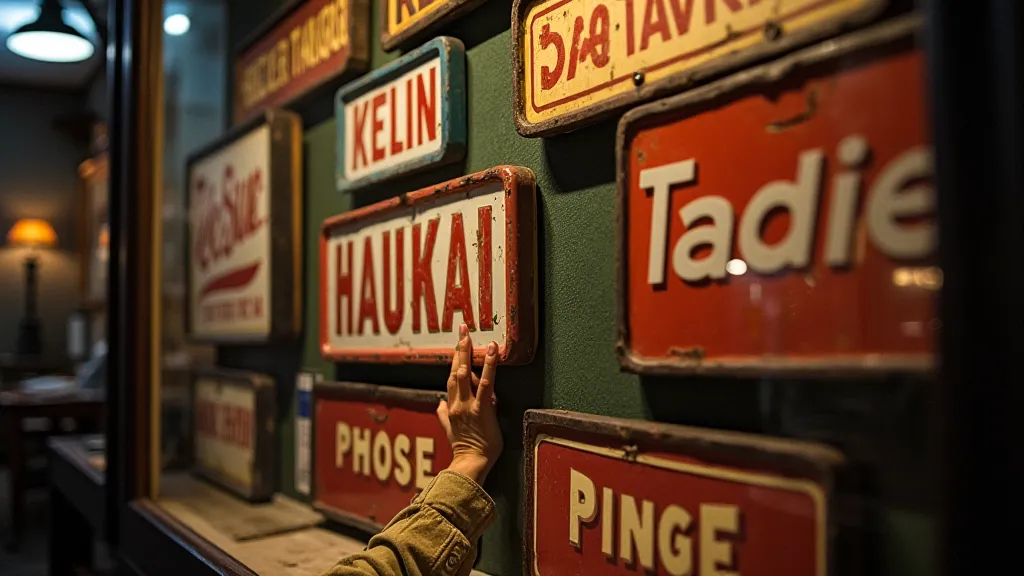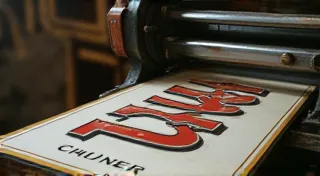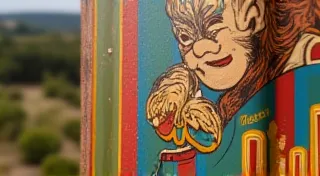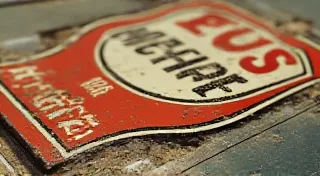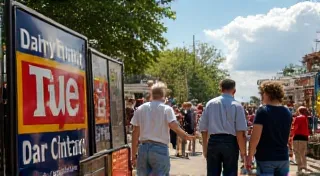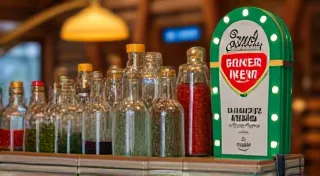Rare and Unusual Advertising Signs: The Holy Grails of Sign Collecting
For those captivated by the allure of the past, sign collecting offers a vibrant window into bygone eras. While many vintage advertising signs hold charm and value, a select few rise above the rest – the rare and unusual pieces that command the attention (and deep pockets) of serious collectors. But what makes a sign truly rare and valuable? Let's delve into the characteristics that elevate these pieces to “holy grail” status in the world of advertising signs and vintage signs.
The Scarcity Factor: Limited Production Runs
Perhaps the most significant determinant of a sign’s rarity is its production run. Most common signs were manufactured in large quantities, distributed widely across the country. However, some signs were produced in extremely limited numbers, often due to:
- Regional Distribution: Signs made specifically for a local business or limited geographic area are less likely to have survived.
- Short Production Periods: Some signs were only produced for a year or less, then discontinued.
- Product Discontinuation: When a product was discontinued, advertising often ceased, leaving few examples of the related signs.
- Prototype or Test Signs: Very few prototypes ever made it to market, and these are exceptionally rare.
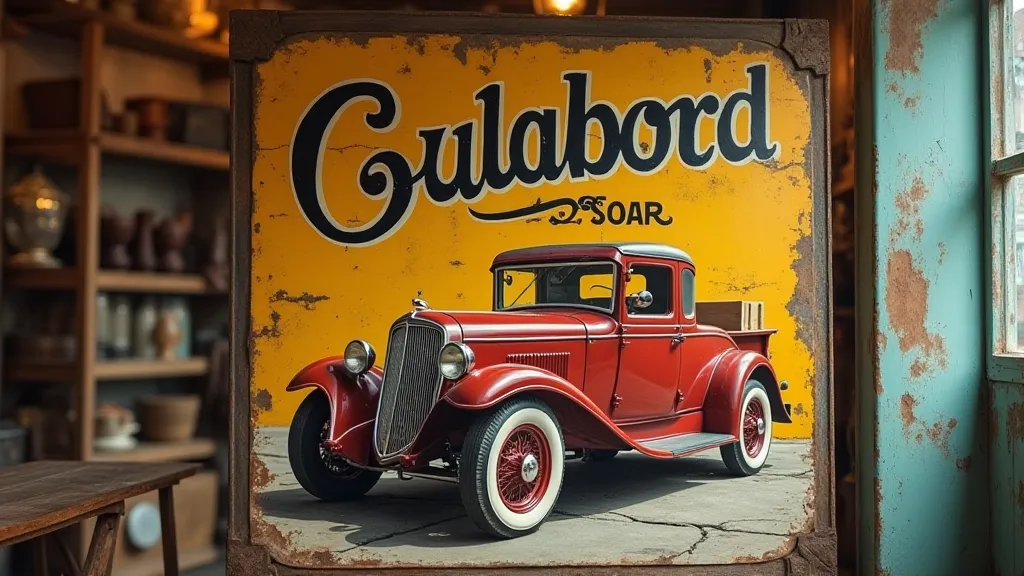
Condition: The Imperfect Perfection
Condition plays a crucial role in a sign’s value. While signs are expected to show signs of age and wear, certain types of wear can actually increase their desirability. The condition of these pieces is something that requires careful consideration, and often involves a delicate process of cleaning and restoration – though, as many collectors know, less is often more. For example:
- Original Paint: Signs with their original paint are far more valuable than those that have been repainted.
- Signs of Age: Ranging from rust to fading, these signs are expected but must be appropriate to the sign’s age and type.
- Rarity of Wear Patterns: Certain types of wear, such as “ghosting” (where the original graphics are faintly visible beneath layers of paint) can be highly sought after.
- "As Found" vs. Restored: Generally, “as found” signs (those untouched by restoration) are more valuable.
Unusual Graphics and Products
Beyond rarity and condition, unique or unusual graphics also elevate a sign’s desirability. This could include:
- Art Deco Designs: Signs featuring the distinctive Art Deco style are often highly prized. The design elements themselves tell a story, representing a specific era and aesthetic.
- Unique Illustrations: Signs with unusual or captivating illustrations that reflect the product’s marketing are more valuable.
- Forgotten Brands: Signs for brands that are no longer in existence are a direct link to the past and often rare. Understanding the history and artistry behind these signs is fascinating – and a whole area of study for the serious enthusiast.
- Local Flavor: Signs that celebrate a specific community or region can be highly collectible.
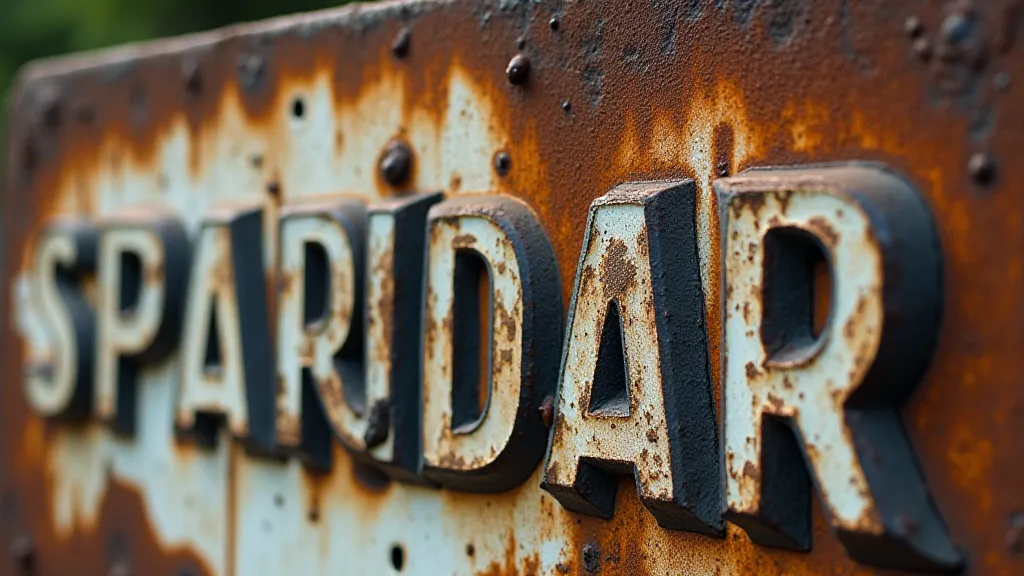
Examples of "Holy Grail" Signs
While the market is constantly shifting, here are a few examples of signs that are widely considered highly desirable and often command premium prices:
- Lippman Engineering Signs: Known for their distinctive neon lettering and Art Deco design.
- White Rock Shivers Soda Signs: A relatively short-lived brand with stunning graphics.
- Hires Root Beer Signs: Early versions of these signs are extremely rare and sought after.
- Early Coca-Cola Signs: Specific early iterations of Coca-Cola signs, particularly those with unique graphics, can fetch incredible sums.
The Deeper Dive: Art, History, and Collecting Strategies
The world of vintage advertising signs extends far beyond simple acquisition. It's a journey into the heart of American commercial history, encompassing design evolution, marketing techniques, and the rise and fall of countless businesses. Many collectors are fascinated by the artistic choices made in these advertisements. The materials used, the typography selected, and the illustration styles employed all provide valuable insights into the values and aesthetics of their respective eras. Furthermore, careful preservation and storage are essential for maintaining the value and integrity of these treasures. Protecting Your Sign Collection: Storage and Display Tips offers practical advice for safeguarding your investment and ensuring your signs remain in excellent condition for generations to come. The journey often involves understanding the nuanced beauty and design choices that made these signs impactful at the time of their creation. Those interested in the broader context of vintage advertising might also appreciate understanding the evolution of graphic design during this period – something we delve into further when exploring Beyond the Brand: The Art and History Behind Vintage Advertising Sign Design.
Beyond Beer and Soda: Exploring Niche Collecting Areas
While beer and soda advertising signs are undoubtedly popular, the realm of collectible advertising extends to a vast array of products and industries. From agricultural equipment to automotive accessories, there's a niche for almost every interest. Collectors often specialize in specific categories, developing an in-depth knowledge of the brands, products, and design styles within their chosen area. For those particularly interested in the sudsy side of vintage advertising, Collecting Beer Advertising Signs: A Hoppy Pursuit delves into the unique challenges and rewards of this increasingly sought-after collecting niche. The history and stories contained within these signs are often just as captivating as the signs themselves. And understanding the history of brewing and the evolution of beer marketing is intrinsically linked to the fascinating world of vintage advertising.
The Artistry Behind the Advertising
The creation of these vintage signs was a complex process, involving a team of talented artists, designers, and printers. Early signs were often hand-painted, while later signs were produced using lithography, a process that allowed for more intricate designs and mass production. The art itself tells a story about the era it came from. Examining the design choices, the color palettes, and the illustration styles provides a window into the cultural values and marketing trends of the time. For anyone keen to understand the artistic evolution of vintage advertising, exploring the history of sign design provides invaluable context. Beyond the Brand: The Art and History Behind Vintage Advertising Sign Design provides a more in-depth exploration of this fascinating aspect of collecting. The development of lithographic printing, for example, had a profound effect on the vibrancy and complexity of advertising imagery, contributing significantly to the visual landscape of the era.
The Thrill of the Hunt
Collecting rare and unusual collectible signs is more than just acquiring pieces of metal and paint; it's about uncovering pieces of history. It’s about understanding the stories behind the brands, the products, and the people who once relied on these vibrant advertisements. The journey of discovery, the thrill of the hunt, and the satisfaction of owning a true piece of Americana are what truly make sign collecting so rewarding. And the chance to add a genuine "holy grail" piece to your collection is the ultimate prize for the dedicated antique advertising enthusiast. Examining a particularly striking example, like a beautifully preserved White Rock Shivers soda sign, can spark a deeper appreciation for the design aesthetics and marketing strategies of a bygone era. It’s about understanding that these weren't simply advertisements; they were reflections of a specific moment in time, embodying the values, aspirations, and visual language of an entire generation.
